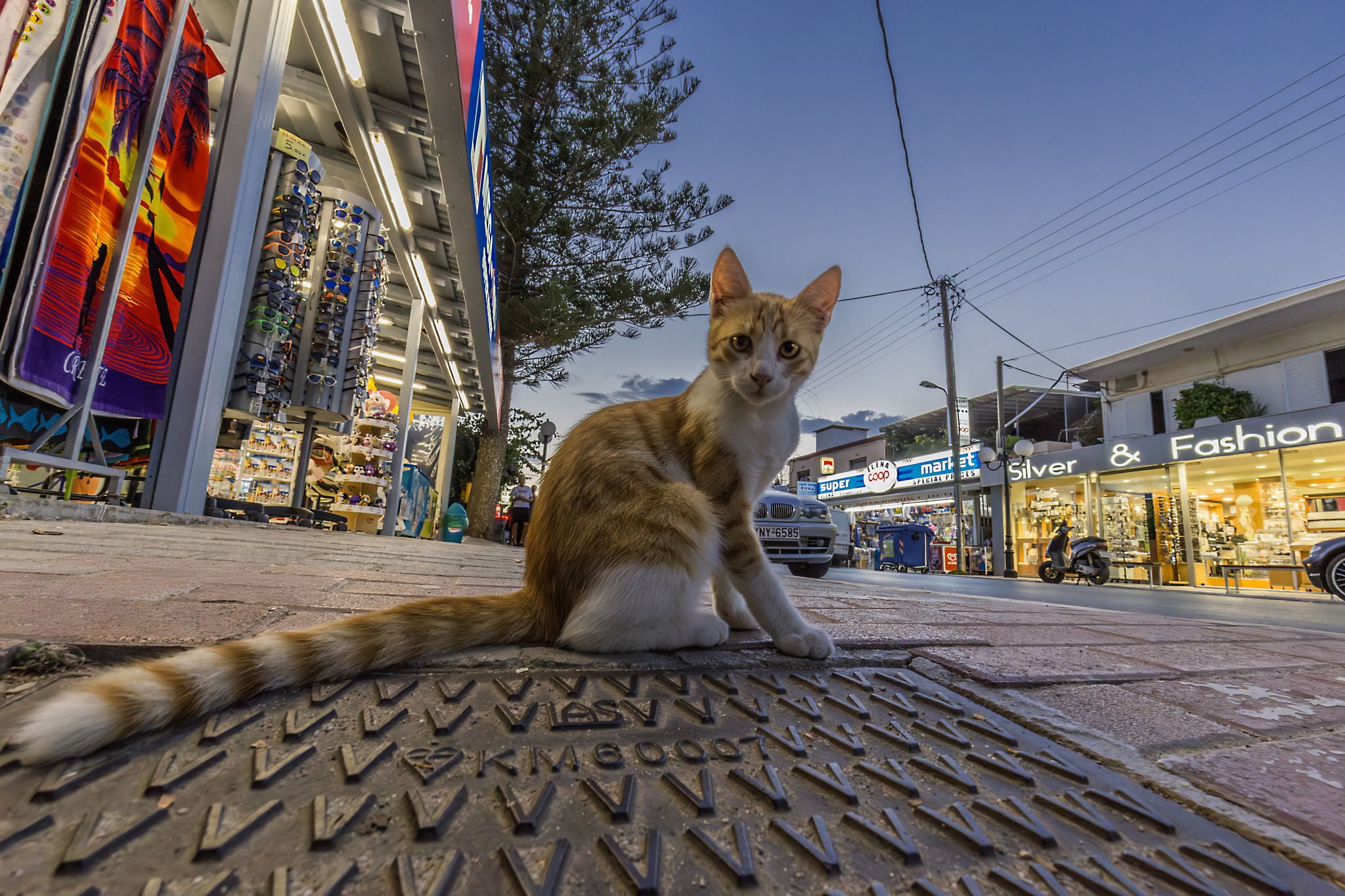A street cat, often referred to as a stray or feral cat, is a domestic cat that lives outdoors without a consistent owner or home. These cats can be found in urban, suburban, or rural areas and may have been abandoned by their owners, lost, or born in the wild. Here are some key points about street cats:
Characteristics
- Adaptability: Street cats are highly adaptable and can survive in various environments, scavenging for food, finding shelter, and avoiding dangers.
- Behavior: They can be wary of humans, especially feral cats that have had little to no human interaction. However, some street cats are more social and may approach people for food or attention.
- Health: Street cats are often at risk of diseases, parasites, and injuries due to their harsh living conditions. They may also suffer from malnutrition if food sources are scarce.
Types of Street Cats
- Stray Cats: These are cats that were once pets but have either lost their home or been abandoned. They may still be somewhat accustomed to human interaction.
- Feral Cats: Feral cats are typically born and raised in the wild with little to no human contact. They are usually more aggressive or fearful towards humans and are difficult to domesticate.
Challenges Faced
- Food and Shelter: Street cats often struggle to find consistent food and safe shelter, especially in areas with extreme weather conditions.
- Population Control: In many places, street cat populations can grow rapidly if not managed, leading to overpopulation. This can result in increased competition for resources and higher rates of disease transmission.
- Human Interaction: Street cats are often viewed as nuisances in urban areas, leading to conflicts with people. Some communities take measures to control street cat populations through methods like Trap-Neuter-Return (TNR) programs.
Helping Street Cats
- Trap-Neuter-Return (TNR): TNR is a humane approach to controlling street cat populations. Cats are trapped, spayed or neutered, and then returned to their territory. This helps reduce the number of kittens born and improves the health of the overall cat population.
- Feeding Stations: Some communities set up designated feeding stations to provide food and water for street cats, helping them survive while minimizing their impact on the local environment.
- Adoption: Some street cats, particularly strays, can be socialized and adopted into loving homes. Rescue organizations often work to find homes for adoptable street cats.
Cultural Significance
In many cultures, street cats are a common sight and are often viewed with a mix of affection and indifference. In some places, they are even celebrated for their independence and survival skills. However, they also highlight the need for responsible pet ownership and community efforts to manage animal populations humanely.
Visited 255 times, 9 visit(s) today
Views: 415
Subscribe to the newsletter:
